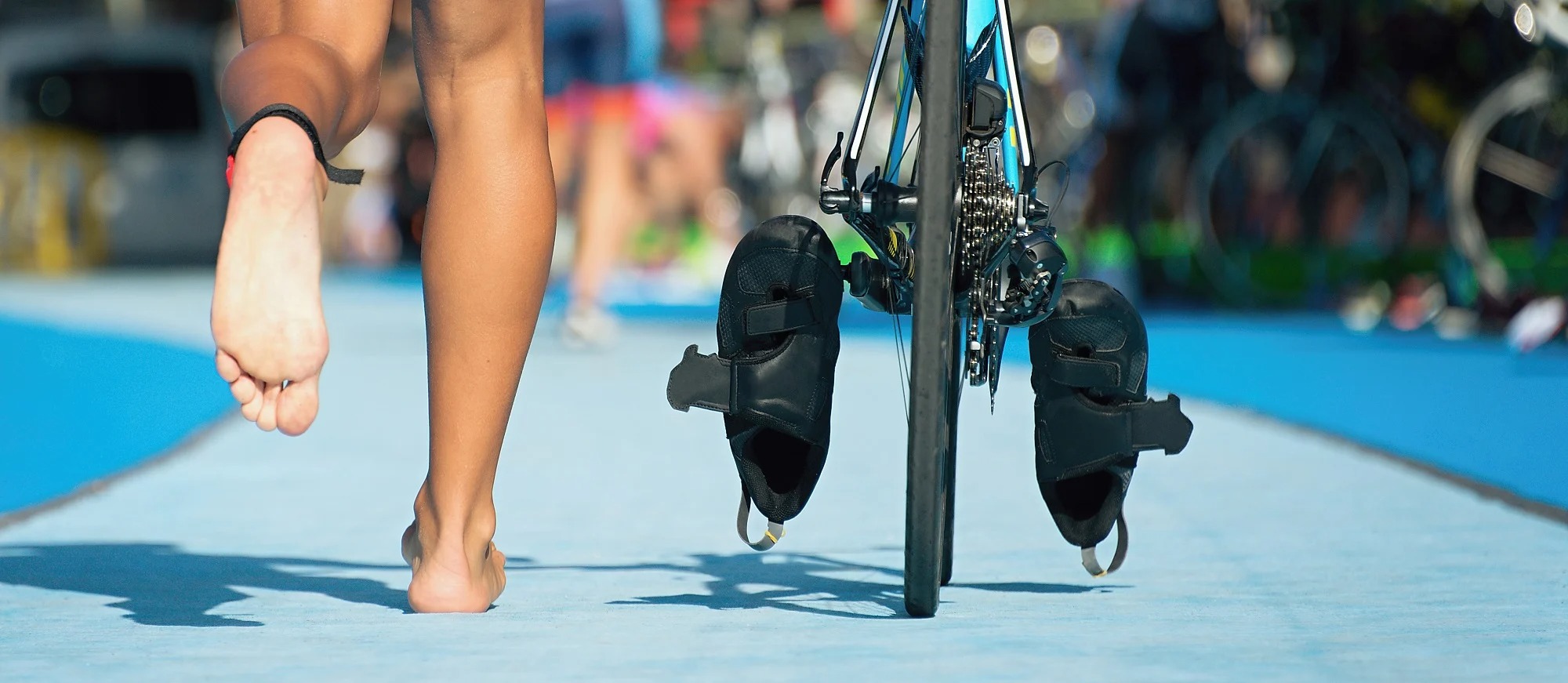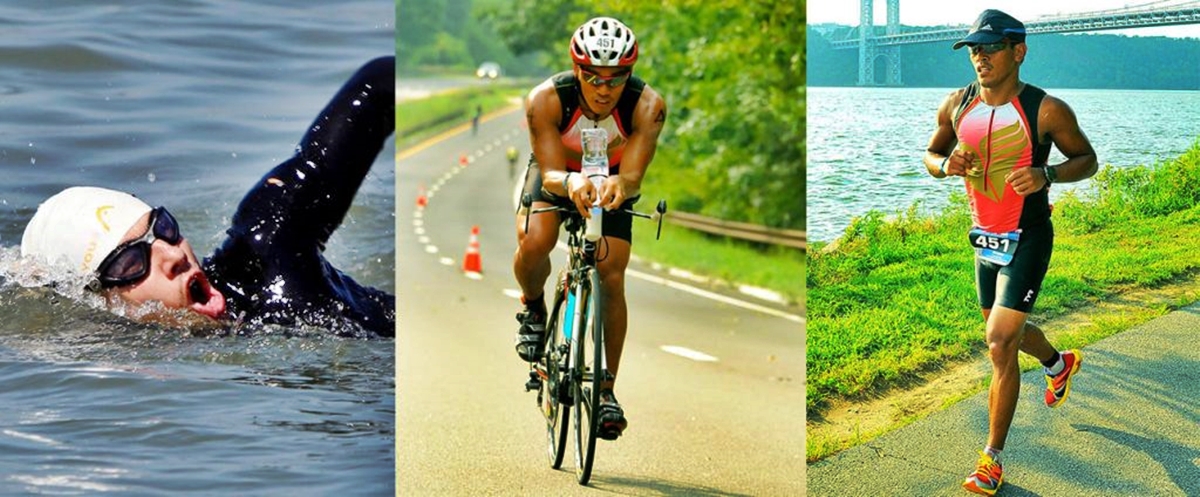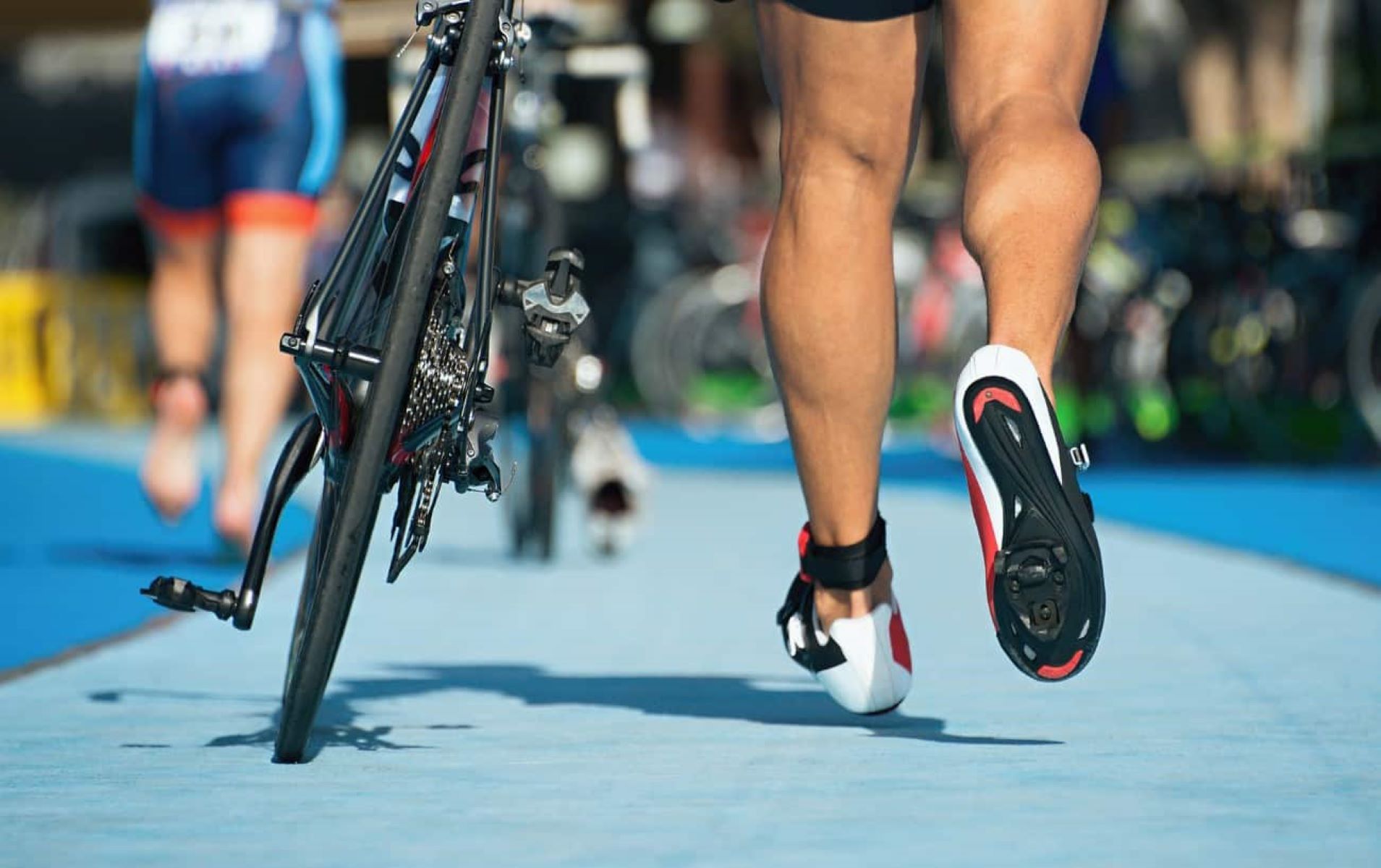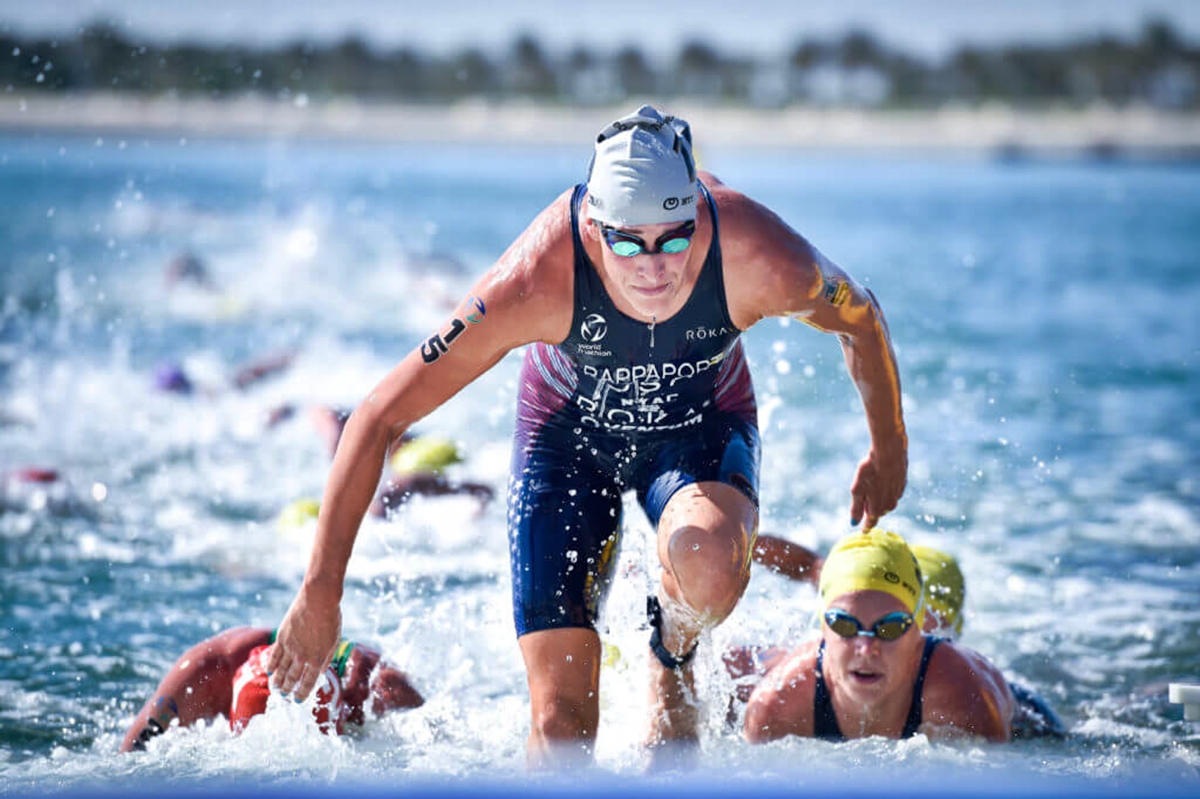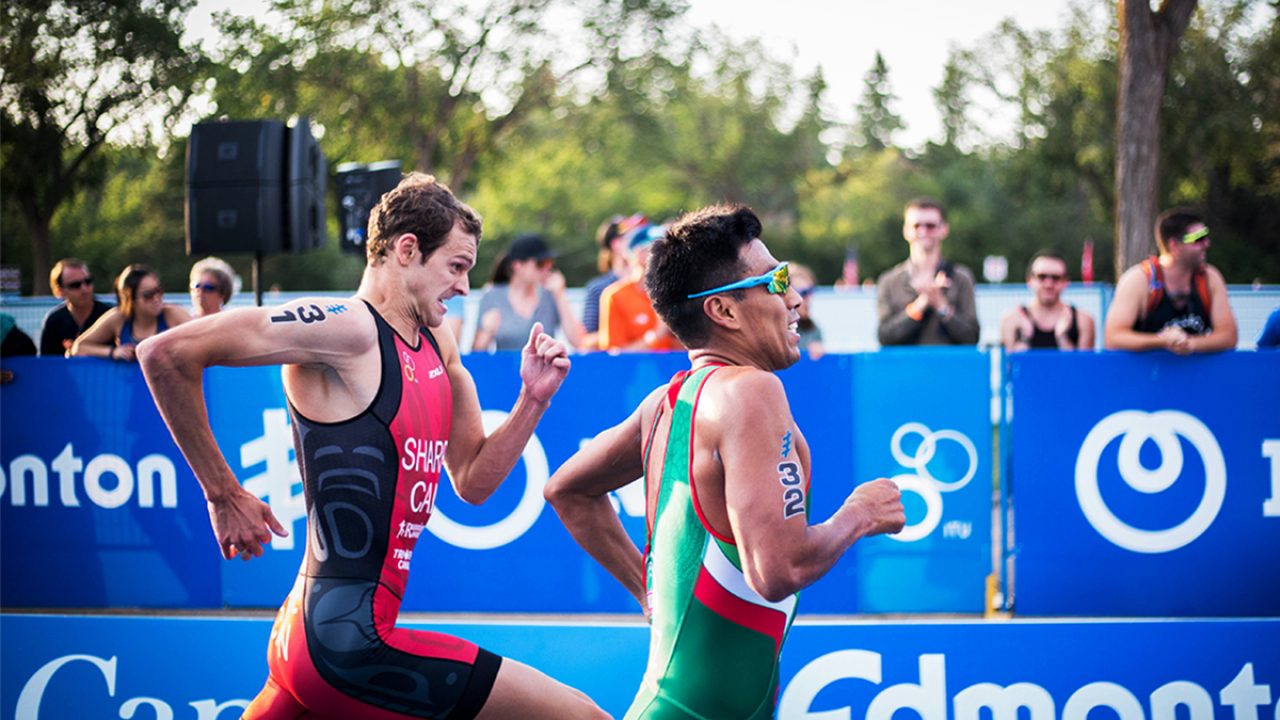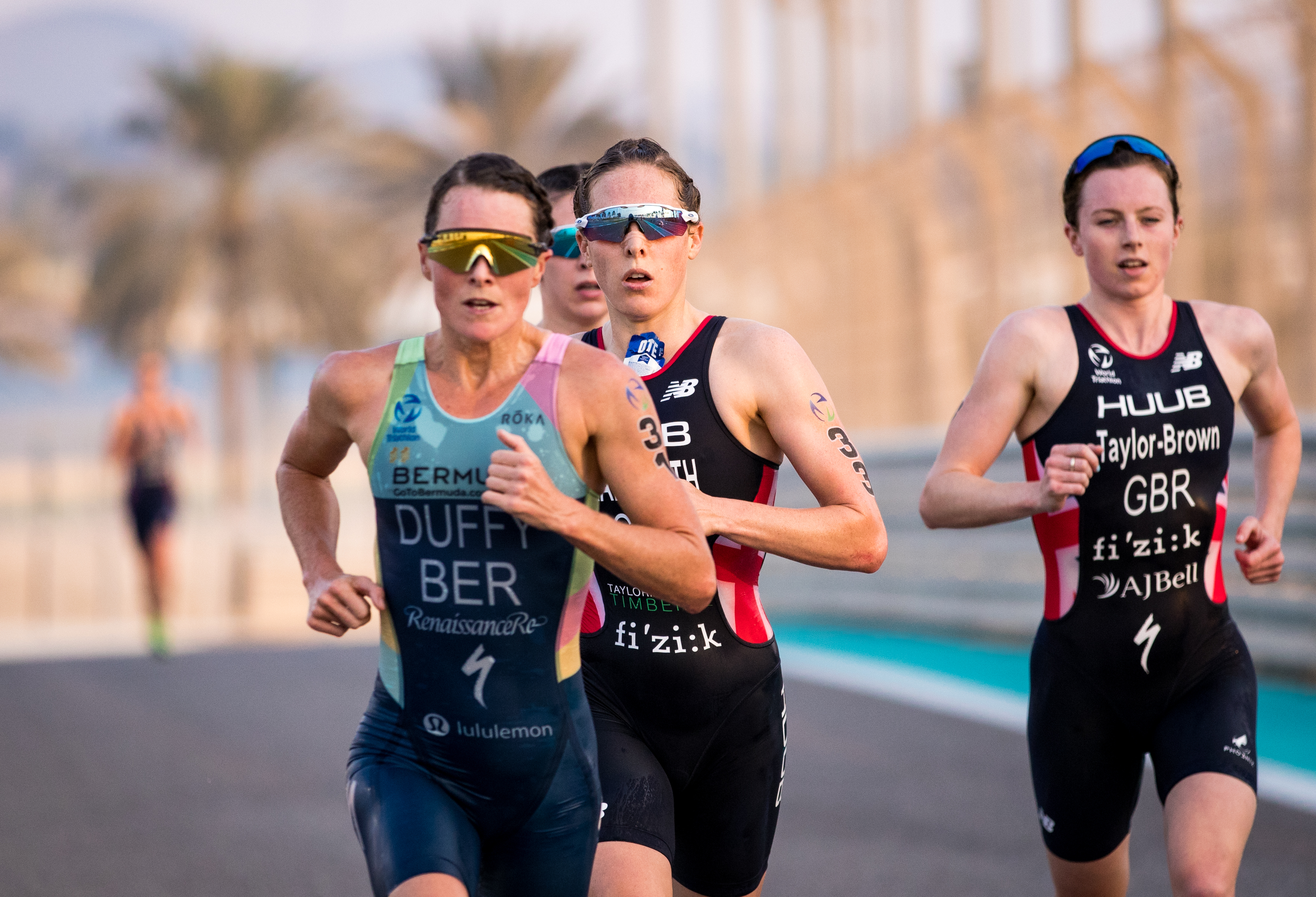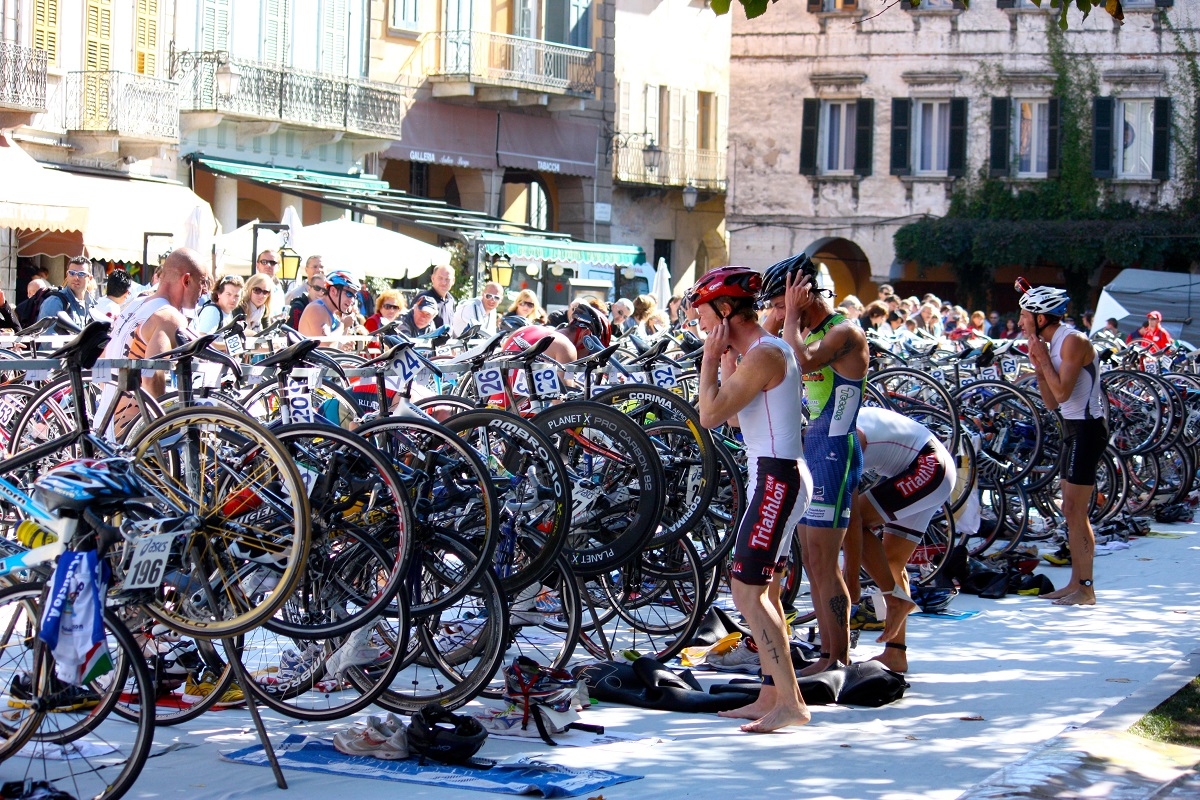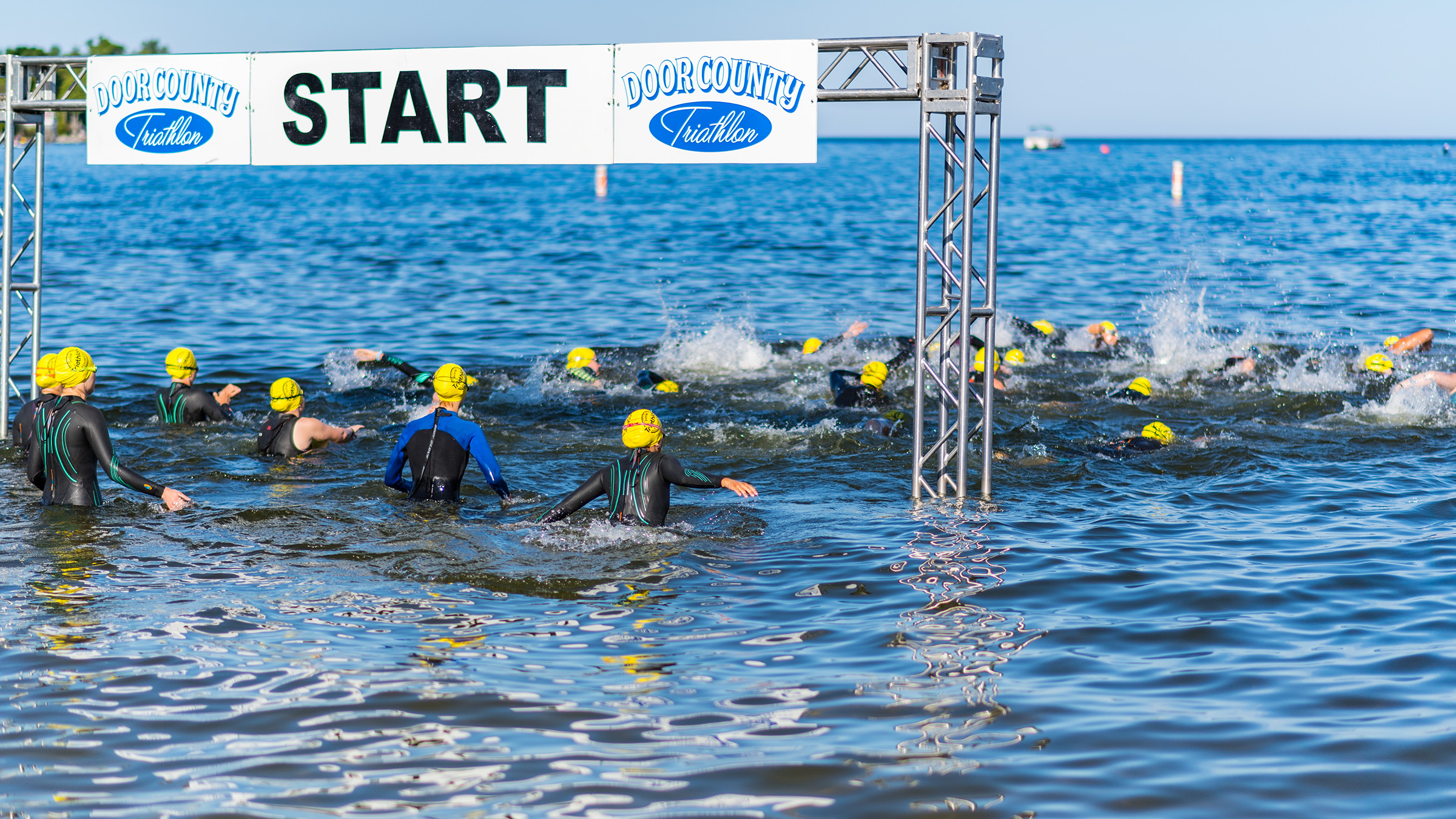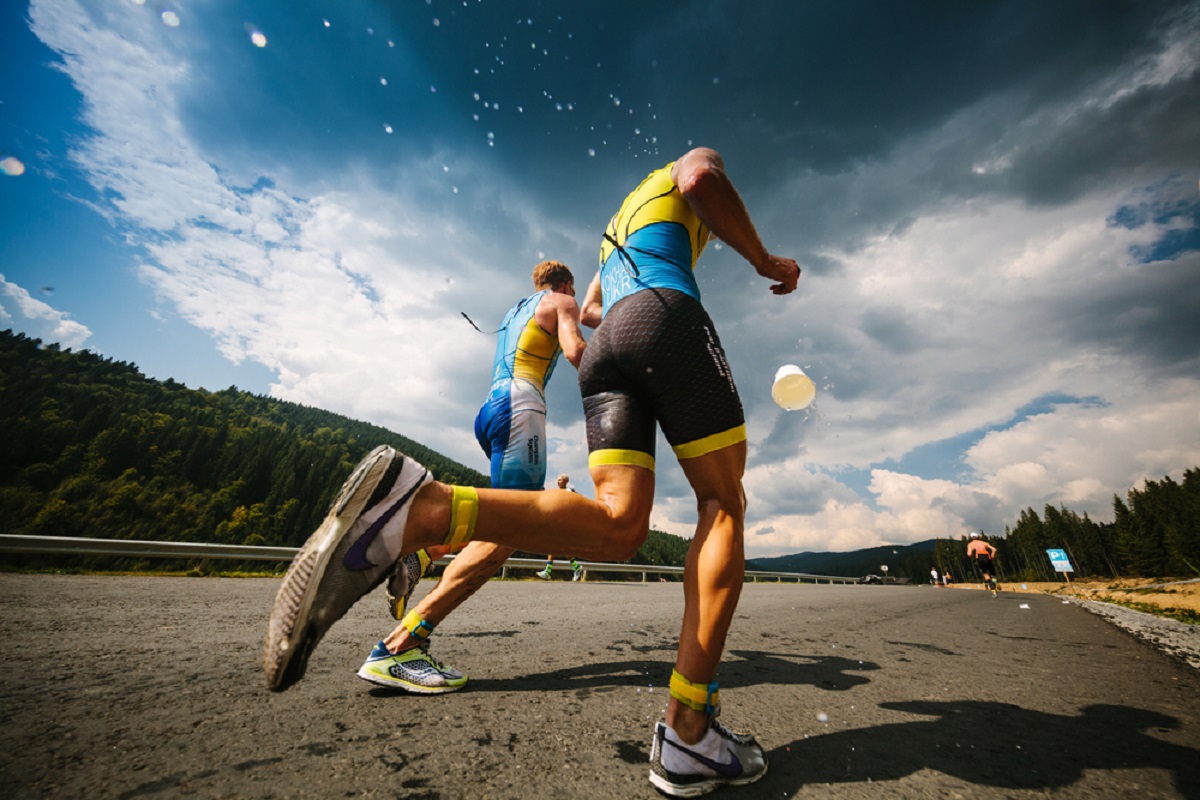

Featured
What Is The Sprint Triathlon Distance
Modified: August 21, 2023
Learn about the featured sprint triathlon distance, including the swim, bike, and run segments. Discover how to train and conquer this challenging multisport event.
Introduction
The world of triathlons is filled with excitement, challenge, and the pursuit of personal achievement. From short sprint distances to grueling Ironman races, there is something for everyone looking to push their limits and cross the finish line. In this article, we will explore the sprint triathlon distance, one of the most popular and accessible forms of triathlon.
A sprint triathlon is a shorter-distance triathlon that is perfect for beginners or those looking for a fast-paced, high-intensity race. It typically consists of three disciplines: swimming, cycling, and running. The key difference between a sprint triathlon and other longer distance races is the overall duration and distances covered.
One of the attractive aspects of a sprint triathlon is that it allows participants to experience the thrill of triathlon racing without the intensive training and time commitment required for longer distances. It is an ideal entry point for individuals who are new to the sport and want to test their abilities across multiple disciplines.
Throughout this article, we will delve into the specific distances covered in a sprint triathlon, including the swim, bike, and run segments, as well as the total distance. This will provide you with a comprehensive understanding of what to expect when tackling a sprint triathlon and help you prepare for an unforgettable race.
Definition of Sprint Triathlon
A sprint triathlon is a multisport endurance event that consists of three sequential stages: swimming, cycling, and running. It’s a popular choice for individuals who are looking to challenge themselves and participate in a thrilling athletic competition.
While the exact distances covered in a sprint triathlon can vary, there are general guidelines that most races adhere to. The swim leg is typically the shortest, followed by the bike leg, and finally the run leg.
What sets a sprint triathlon apart from other triathlon distances is the overall duration and the distances covered. Compared to longer triathlons such as Olympic distance or Ironman, sprint triathlons are shorter in terms of both time and distance. This makes them an ideal starting point for beginners or those who want to tackle a triathlon with a smaller time commitment.
While the distances in a sprint triathlon are shorter, it does not mean that the race is any less challenging or exhilarating. Participants still need to be prepared both mentally and physically to take on the demanding nature of the event.
Sprint triathlons are often held in various locations, from coastal areas for the swim leg to scenic routes for the bike and run sections. The lively atmosphere, camaraderie among participants, and the opportunity to push personal boundaries make the sprint triathlon a truly memorable and rewarding experience.
Overall, a sprint triathlon is a thrilling endurance event that combines swimming, cycling, and running. It provides individuals with an accessible yet challenging opportunity to test their physical and mental limits. Whether you are a seasoned triathlete or a beginner looking to embark on your first multisport adventure, a sprint triathlon promises excitement, personal growth, and a chance to immerse yourself in the world of triathlon.
Swim Distance
The swim leg is the first segment of a sprint triathlon and sets the tone for the rest of the race. It typically takes place in open water such as a lake, river, or ocean, although some races may have pool swims. The swim distance in a sprint triathlon can vary, but it is generally around 750 meters (0.47 miles).
Swimming in open water poses its own unique challenges compared to swimming in a pool. The absence of lane lines and the potential for waves or currents add an element of unpredictability. It’s important for participants to practice open water swimming techniques, such as sighting to navigate and drafting off other swimmers to conserve energy.
The swim leg requires a combination of cardiovascular fitness, upper body strength, and proper technique. Training for the swim portion of a sprint triathlon involves regular swimming sessions to build endurance and improve stroke technique. Incorporating drills, such as kicking exercises and bilateral breathing, can also help enhance overall efficiency in the water.
During the swim leg of a sprint triathlon, participants are usually provided with a swim cap and a timing chip which records their swim time. Safety measures are in place, including lifeguards or safety boats stationed along the course to ensure the well-being of the athletes.
Completing the swim leg efficiently and confidently is crucial in establishing a solid foundation for the rest of the race. Transitioning smoothly from the water to the bike is the next step, where athletes quickly change gear and prepare for the cycling segment of the sprint triathlon.
In summary, the swim leg in a sprint triathlon typically covers a distance of around 750 meters (0.47 miles). Open water swimming skills, proper technique, and training play a fundamental role in successfully conquering this initial phase of the race. With determination and practice, participants can navigate the swim leg with confidence and set themselves up for a strong performance in the rest of the sprint triathlon.
Bike Distance
After completing the swim leg, participants transition to the bike segment of the sprint triathlon. The bike distance in a sprint triathlon ranges from 20 kilometers (12.4 miles) to 30 kilometers (18.6 miles), depending on the specific race.
The bike leg is an opportunity for participants to showcase their cycling skills and speed. It takes place on roads that are closed or closely monitored for safety. Cyclists must adhere to traffic rules and regulations, as well as any specific race guidelines outlined by the organizers.
Having a well-maintained and properly fitted bike is essential for a successful bike leg. It is recommended to have regular tune-ups and ensure that gears, brakes, and tires are in optimal condition. Participants should also wear a helmet and appropriate cycling clothing for comfort and safety.
Training for the bike leg involves building endurance, improving cycling cadence, and developing strength in the lower body. Long rides and interval training sessions can help increase stamina and speed. Familiarizing oneself with different terrains and practicing riding in aero positions can also be beneficial.
During the bike leg, it is important to maintain a steady pace and conserve energy for the final run. Hydration and nutrition are essential, with participants often carrying water bottles and energy gels or bars. Aid stations may also be available along the course to provide additional fluids or snacks.
Transitioning from the bike to the run is the final step in the sprint triathlon, often referred to as T2. Participants quickly change their gear once again, swapping their bike helmets for a running hat or visor, and prepare for the last leg of the race.
In summary, the bike leg in a sprint triathlon typically covers a distance ranging from 20 kilometers (12.4 miles) to 30 kilometers (18.6 miles), depending on the specific race. Proper bike maintenance, training for endurance and speed, and strategic pacing are key factors in achieving a strong performance and setting up for a successful run.
Run Distance
After completing the swim and bike legs of a sprint triathlon, participants embark on the final segment – the run. The run distance in a sprint triathlon is typically around 5 kilometers (3.1 miles), although variations may exist depending on the race.
The run leg requires a different set of skills and endurance compared to swimming and cycling. It tests the athlete’s cardiovascular fitness, lower body strength, and mental resilience. Participants transition from the cycling segment to the run by quickly changing gear once again, putting on running shoes, and mentally preparing for the final push.
The run leg takes place on various terrains, such as roads, trails, or a combination of both. It is essential for participants to train on similar terrain to familiarize themselves with the challenges they may encounter during the race.
Proper pacing plays a crucial role in the run leg. After swimming and cycling, it’s important to find a sustainable rhythm and pace to avoid burnout. Gradually increasing speed and finding a comfortable stride can help optimize performance.
Hydration and nutrition remain important during the run leg as well. Aid stations are usually available along the course, providing water and sometimes energy gels or electrolyte drinks. It’s essential to stay hydrated and fuel the body to maintain energy levels.
Mental strength is equally important in the run leg. Fatigue may set in, but staying focused, positive, and motivated can make a significant difference. Setting small goals or milestones along the way can help break down the distance and provide a sense of achievement.
Finally, as participants approach the finish line, they can draw on the cheers and encouragement from the spectators and fellow competitors to push through and give their all in the final stretch.
In summary, the run leg in a sprint triathlon typically covers a distance of around 5 kilometers (3.1 miles). It challenges participants to showcase their endurance, mental resilience, and pacing strategies. With proper training, hydration, and a positive mindset, participants can confidently complete the run leg and cross the finish line with a strong sense of accomplishment.
Total Distance
The total distance of a sprint triathlon is the sum of the individual distances covered in the swim, bike, and run segments. While the specific distances can vary depending on the race, a typical sprint triathlon covers a total distance of approximately 750 meters (0.47 miles) for the swim, 20 kilometers (12.4 miles) to 30 kilometers (18.6 miles) for the bike, and 5 kilometers (3.1 miles) for the run.
Completing a sprint triathlon requires a well-rounded level of fitness, endurance, and mental toughness. It offers a challenging and rewarding experience for athletes of all levels, from beginners to seasoned triathletes. It is worth noting that the total distance is achievable for many individuals with consistent training and preparation.
Training for a sprint triathlon involves a combination of swim, bike, and run workouts, gradually increasing the distance and intensity as the race day approaches. The training plan may also include brick workouts, which involve combining two disciplines, such as swimming followed by cycling or cycling followed by running, to simulate the transition between segments. This helps athletes adapt to the specific demands of the race.
During the race, participants will go through two transitions – T1, which is the transition from the swim to the bike, and T2, which is the transition from the bike to the run. Efficiently navigating these transitions is important to maintain momentum and save time.
Each segment of the sprint triathlon requires a different set of skills and physical capabilities. Participants must be adaptable, flexible, and able to seamlessly transition from one discipline to another. Mental resilience, strategy, and pacing are also essential in order to maintain a steady effort throughout the race.
As participants approach the finish line after completing the run leg, a sense of accomplishment and exhilaration will wash over them. Crossing the finish line, they will realize the immense achievement of completing a sprint triathlon and pushing their personal limits.
In summary, the total distance of a sprint triathlon encompasses a swim distance of approximately 750 meters (0.47 miles), a bike distance ranging from 20 kilometers (12.4 miles) to 30 kilometers (18.6 miles), and a run distance of 5 kilometers (3.1 miles). Training, preparation, and mental fortitude are key components in successfully completing a sprint triathlon and experiencing the unforgettable sense of triumph at the finish line.
Conclusion
The sprint triathlon distance offers an exciting and challenging opportunity for athletes of all levels to participate in a multisport endurance event. With its shorter distances and manageable time commitment, it serves as an accessible entry point for beginners and a thrilling race for seasoned triathletes.
Throughout this article, we have explored the different components that make up a sprint triathlon, including the swim, bike, and run legs, as well as the total distance covered. We have highlighted the importance of training, preparation, and mental resilience in successfully completing each segment of the race.
From the swim leg, which tests participants’ open water swimming skills, to the bike leg, which challenges their cycling speed and endurance, and finally the run leg, which requires mental strength and pacing strategies, every part of the race pushes athletes to their limits.
Completing a sprint triathlon is a remarkable achievement that brings a tremendous sense of accomplishment and pride. The vibrant atmosphere, camaraderie among participants, and the personal growth that comes from overcoming physical challenges make the sprint triathlon an unforgettable experience.
Whether you are considering your first sprint triathlon or aiming to improve your previous performance, remember to train consistently, listen to your body, and enjoy the journey. Embrace the challenges, push your boundaries, and revel in the sense of achievement as you cross the finish line.
So, dive into the open water, pedal with determination, and put one foot in front of the other as you embark on the thrilling adventure of a sprint triathlon. Let the race test your physical and mental strength, and celebrate your triumph as you become a part of the vibrant and inspiring world of triathlon.
